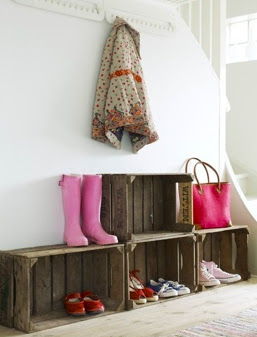Whist on my way to a few sightseeing areas in Kyoto I noticed an "Open House" sign. I was not too sure of the protocol in Japan but decided to wander in anyway!
This particular house was a newly built townhouse designed by Slink Architects and took up a tiny parcel of land on a side street in the famous Gion area of Kyoto. I was unable to take photos but have found a similar house in design and layout by the same architects in a similar location.
The thing that surprised me was how narrow the house was and how small all the rooms were in comparison to the kitchen / living area. Each of the sleeping areas were just large enough for double / queen size futon to be laid out on the floor when it came time to go to sleep.
To compensate for the building's small size the internal space, including the sleeping areas were mainly open plan and the architect had made the best use of natural daylight by opening up one end of the building onto the garden.
A light timber (pine) was also used for the wall and floor finishes and storage was built-in to any available corner or space.
I was so amazed at how small living spaces were when I first came to Japan but now that I have been here for a while I am getting used to them. With smaller living spaces also comes less furniture and so the interior architecture works harder to give a home more identity and a feeling of space!
Have fun.

















